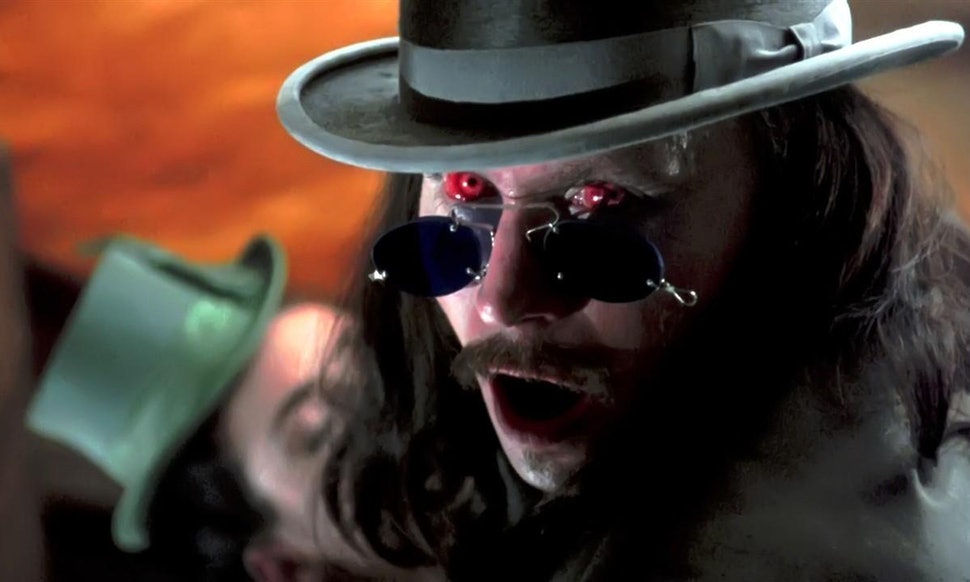
Gothic cinema is soaked in a rich heritage rooted in the florid, lurid Gothic literature of the 18th and 19th centuries. At that time, spiritualism was thick in the air, séances were respectable social events, and religion was outstripping science in its investigations of the metaphysical. The literature that emerged, and the films that followed, bear the definite stamp of this era.
Whether in print or on film, the Gothic tradition is beloved for its ability to conjure in its devotees a pleasing mixture of wonder and terror. Its style provides us with an uneasy escapism by planting our feet in reality before inviting suspension of disbelief through explorations of the mysterious and the horrific. Though supernatural elements are often found in Gothic films they are not mandatory, and when they are present an explanation may or may not be given.
Gothic themes may materialize within a host of different genres, but some films have cultivated this moody motif with more skill than others. Here we will celebrate the 15 greatest Gothic films.
15. The Picture of Dorian Gray
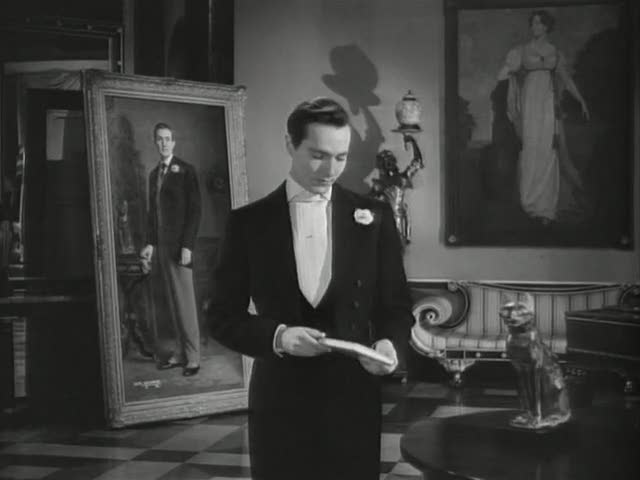
This timeless tale was first related in Oscar Wilde’s classic novel of the same name. A morality play which examines the consequences of vanity and debauchery, The Picture of Dorian Gray is a story about its own title.
When a handsome and virtuous young man falls under the corrupting influence of a hedonistic mentor, he makes an agreement to sell his soul for a lifetime of youthful beauty. But when a newly-painted portrait becomes the residence of his soul, his face in the picture begins to age and reveal the twisted ugliness of his inner nature. Dorian Gray will stop at nothing to protect his painted secret which he can neither destroy nor hide in his attic forever.
This is, simply put, the best movie adaption of the book and a vastly undervalued classic. Albert Lewin directs George Sanders, Donna Reed, and Angela Lansbury, with Hurd Hatfield in the title role. Hatfield’s stoic delivery is the perfect canvas on which the viewer can project an unsettlingly flawless vision of youth which seems to vigilantly conceal some nagging secret. Shot in gorgeous black and white with a few moments of color which will be seared into your memory forever, The Picture of Dorian Gray never misses a stroke in its execution.
14. Crimson Peak
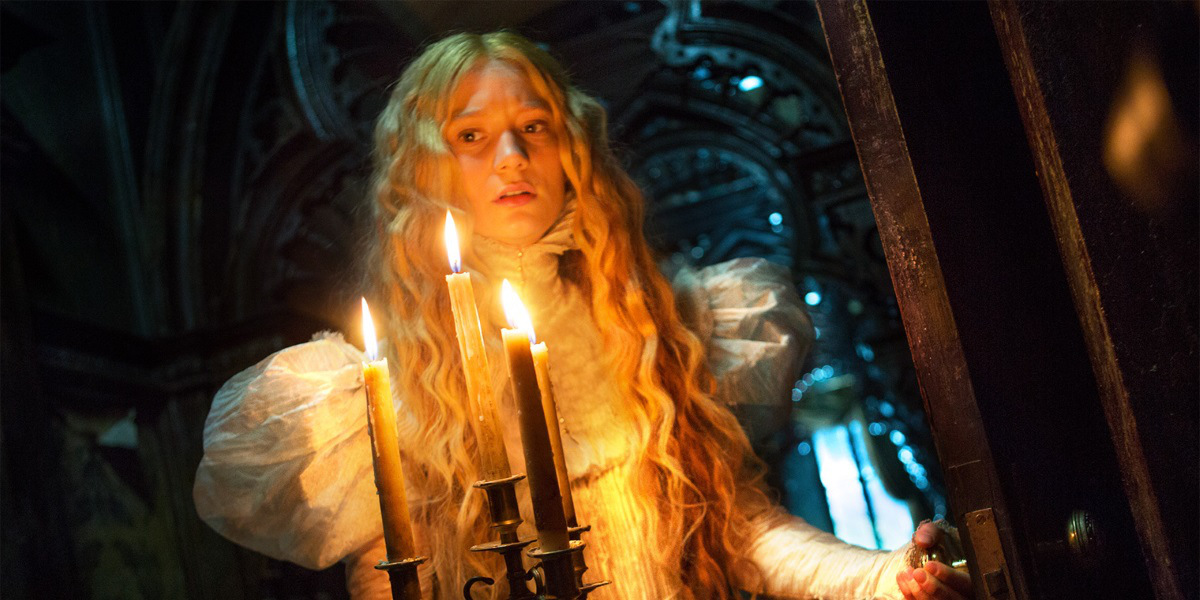
Mia Wasikowska, Jessica Chastain, and Tom Hiddleston populate this story about an aspiring American author who marries a British baronet with a large mansion known as Crimson Peak.
Despite having been warned by her deceased mother in a vision to “beware of Crimson Peak,” the new couple begins their married life living in the estate with his sister. After the move, the behavior of the baronet and his sister immediately change, and the bride is subjected to indifference and downright hostility. She begins to suspect a dark secret is lurking inside the walls of the Gothic mansion, and sets out to uncover it.
Guillermo del Toro’s 2015 film Crimson Peak is a throwback to the spirit of the classic black and white Gothic horror films that helped define the genre. Del Toro takes full advantage of the colorful palette at his disposal to give the familiar Gothic style a modern, updated look. The effect is aesthetically pleasing and emotionally resonant.
13. Bram Stoker’s Dracula

Many Dracula movies have come and gone, and many more will follow. The degree to which they adhere to the original literary story has varied as widely as could be imagined. But this particular adaption made its intentions clear with its title, “Bram Stoker’s Dracula.” A film that closely follows the plot of the original novel by Bram Stoker is what resulted.
Francis Ford Coppola directed this 1992 film, and pulled out all the stops in its Gothic ambitions. Both the acting and the emotional effect feel often exaggerated, but intentionally so. Anyone who has read the Gothic literature of bygone days can instantly associate its florid language with the lavish visual flourishes displayed on screen.
Gary Oldman dons the teeth of the vampire Count Dracula, with Keanu Reeves, Winona Ryder, and Anthony Hopkins providing unforgettable support. Bram Stoker’s Dracula is Gothic cinema at its purest.
12. Kill, Baby, Kill
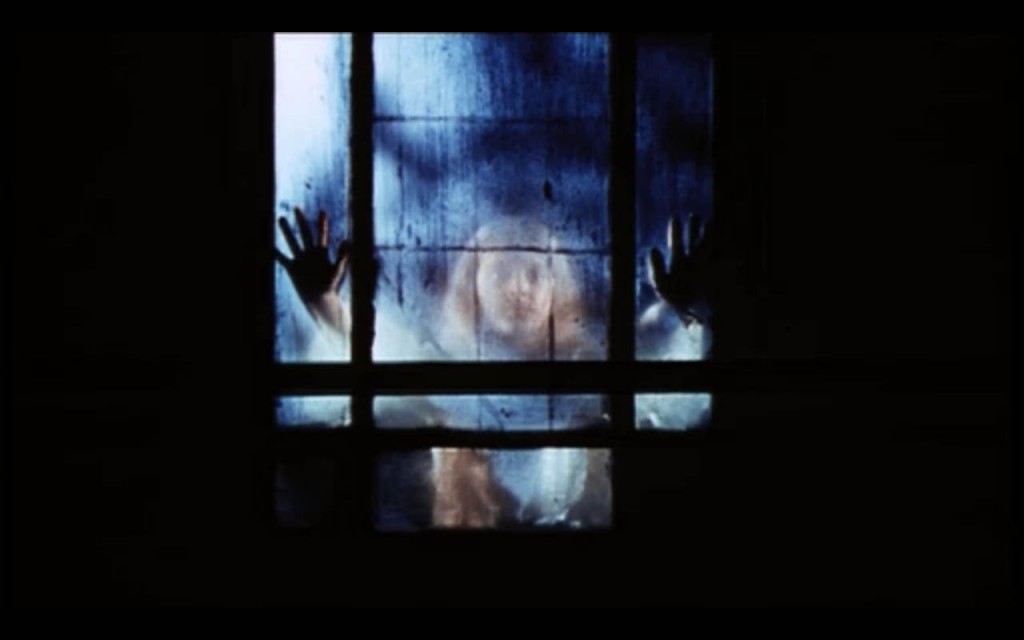
The name Mario Bava is instantly associated with Gothic horror, and Kill, Baby, Kill is perhaps his best and most acclaimed film. Its setting in a Carpathian village is an effective start – the story of Dracula has forever linked that region of the world with images of magic and horror. When we learn that a doctor who is skeptical of the supernatural has been sent to investigate a series of suspicious murders, it’s clear that a Gothic classic is about to unfold.
When the doctor arrives in town, he soon learns that the villagers who have been dying were visited by the ghost of a young girl in their last moments. Was she there to warn them or take their lives? The doctor is puzzled by the juxtaposition of innocence and evil that is insinuated about the girl’s ghost.
When he encounters the local witch, he finds her motivations ambiguous, and soon his scientific mind is thoroughly scrambled. Kill, Baby, Kill is a gorgeous, atmospheric Gothic mystery that must be seen.
11. The Spiral Staircase
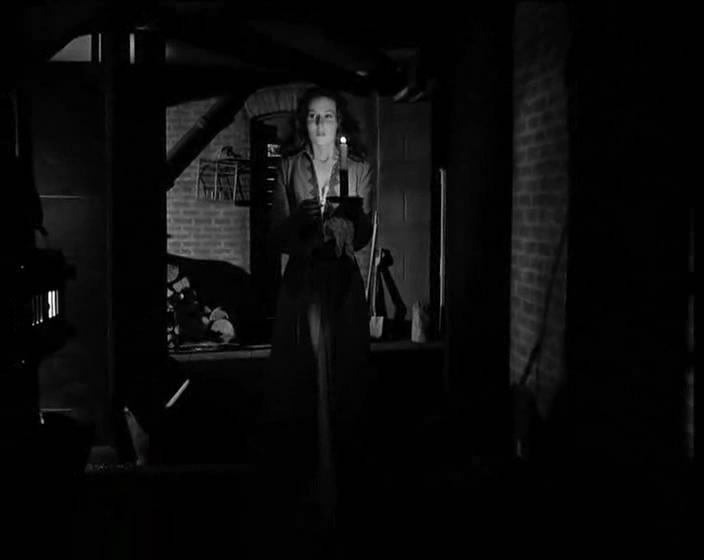
The Spiral Staircase is perfect proof that an effective film can be dominated by a single setting, if that setting is the right one. In this case, it’s a large Gothic mansion in New England, with more places for a killer to hide than you can count. And, as the title indicates, an impressive spiral staircase features prominently.
Robert Siodmak directs this Gothic chiller set in in 1906 Vermont, where a serial killer is on the loose. The unknown fiend’s victims to date have all been people with some sort of physical disability, and our heroine has been unable to speak since her childhood. It soon becomes clear that she has been targeted as the next victim, and the mansion where she works as a caregiver hardly feels like a refuge.
In fact, each resident and member of the family seems to have some quality that makes the mute woman suspect that he or she could be the killer. Is she right, or is the claustrophobic atmosphere of the old house playing tricks on her mind? She’ll make her discovery on the spiral staircase.
10. The Haunting
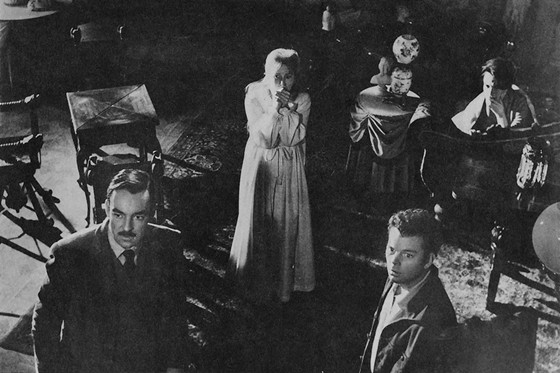
Robert Wise’s 1963 film The Haunting plunges its characters and its audience fully into the world of Gothic horror. This movie features an anthropologist who, with two specially selected women, goes to investigate a mansion with a dark history and a haunted reputation.
The Gothic and horrific elements come flying from all directions in The Haunting. The film’s use of sound as one of the main terrifying aspects of the house is truly effective and disquieting. The rooms in the mansion were intentionally designed to have a claustrophobic feel, and Robert Wise used plenty of creative camera techniques to keep the viewer unsettled. The Haunting was listed #1 by director Martin Scorsese on his list of the scariest films of all time, and it thoroughly deserves its reputation and your time.
9. The Bride of Frankenstein
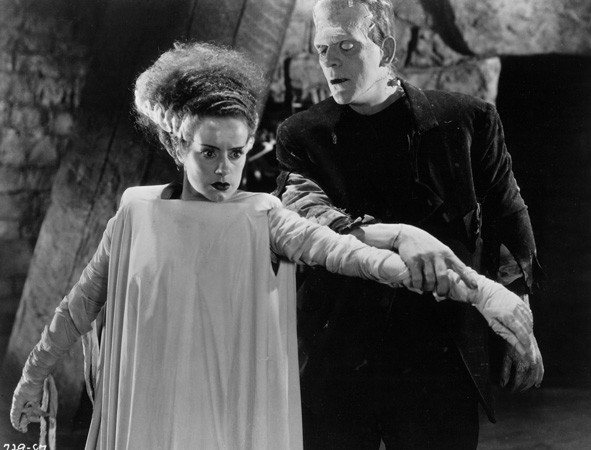
1935’s The Bride of Frankenstein was made in the heyday of Universal Pictures’ era of classic monster movies. A follow up to 1931’s Frankenstein, this film finds Dr. Frankenstein joining forces with the sinister Dr. Pretorius to create a bride for Frankenstein’s monster, who we learn is still alive and well.
Boris Karloff returns to play the monster, and James Whale again takes the helm as director to replicate the successful recipe of the original film. The result is a landmark film ever better than the first Frankenstein. Sprinkled with moments of humor and featuring some astoundingly good special effects, The Bride of Frankenstein succeeds wonderfully.
The addition of Dr. Pretorius as a rival villain turned ally to Dr. Frankenstein was a brilliant touch, thanks largely to Ernest Thesiger’s dynamic performance. Their efforts to play god again come with dire consequences, and creating a bride turns out to be just as complicated as creating the original monster. Future Gothic films owe a lot to the archetypal qualities of this one.